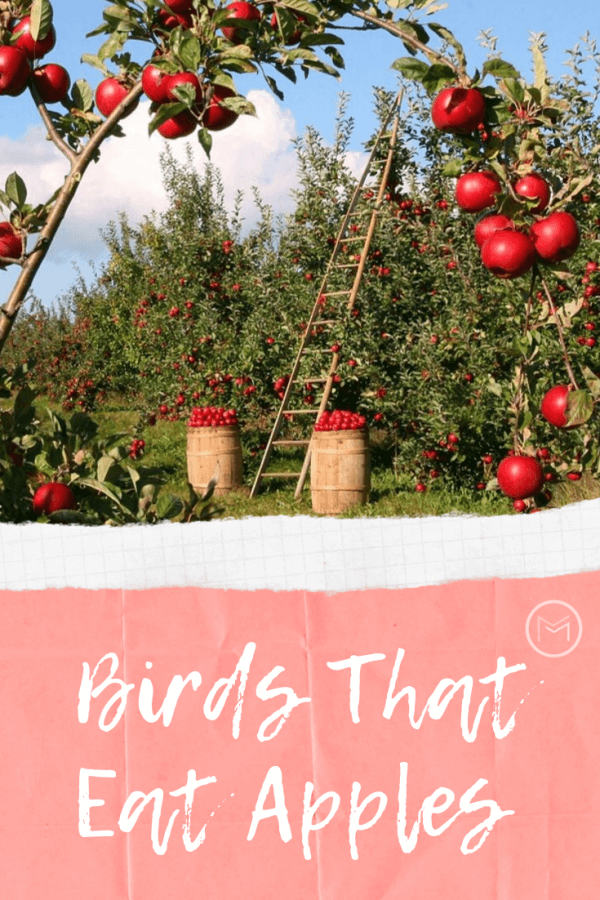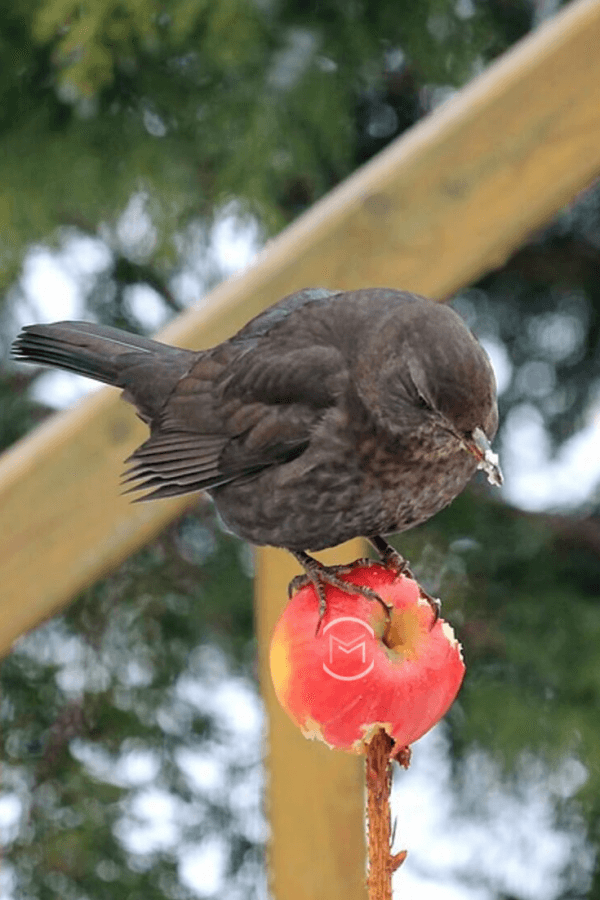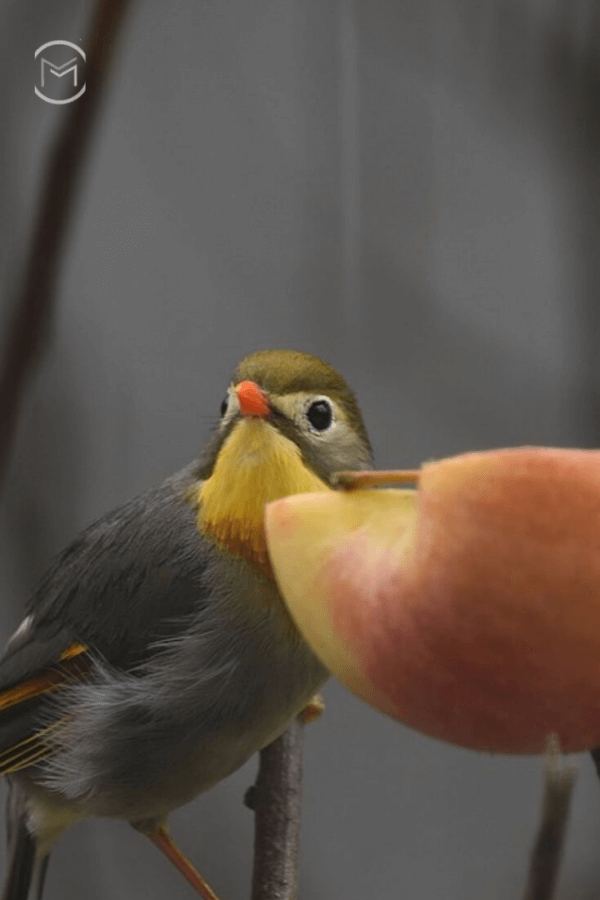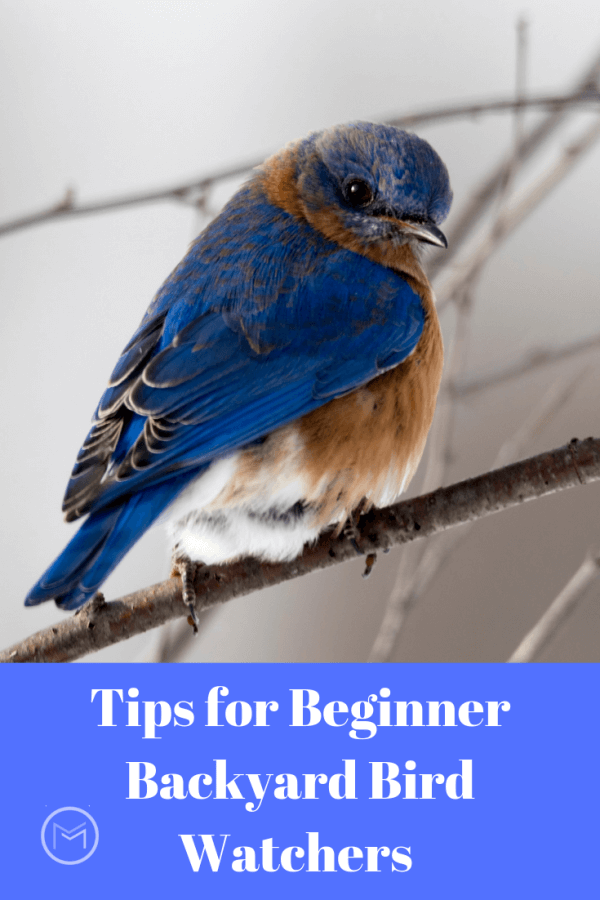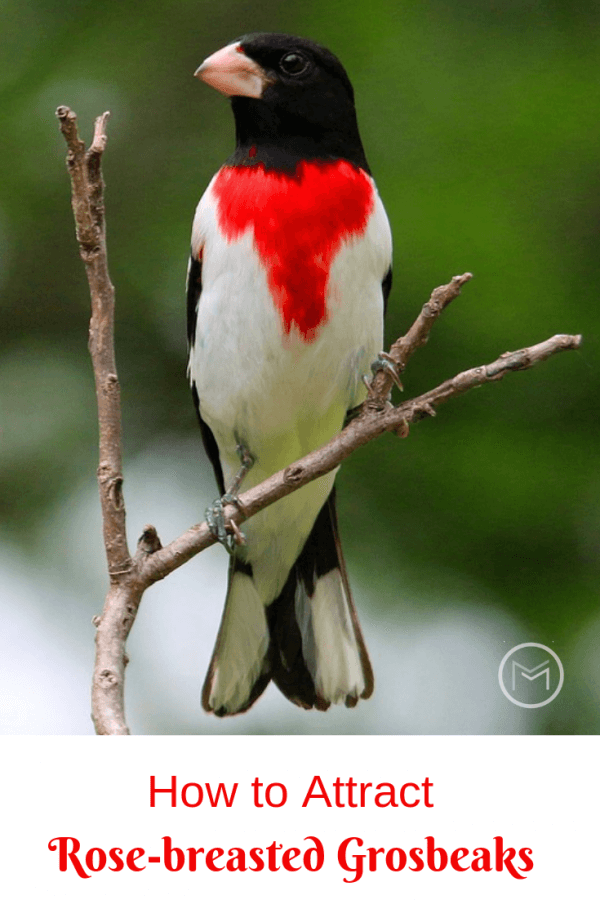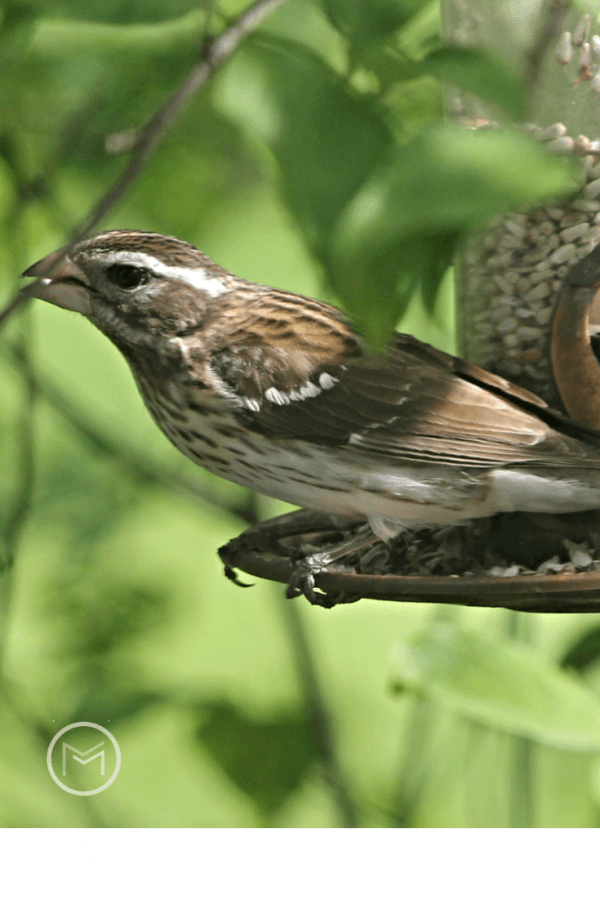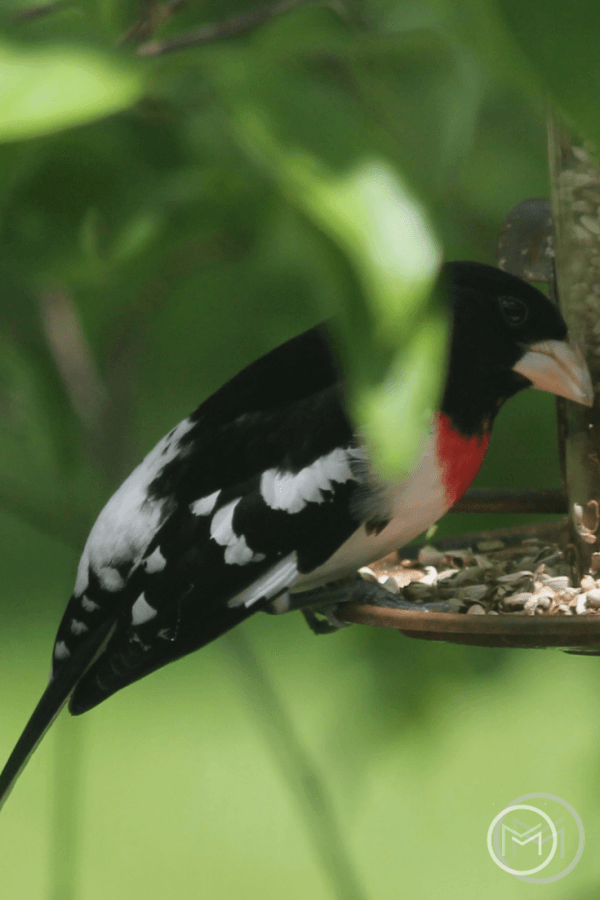My homemade suet cake recipe today is for carrot raisin suet. My backyard birding tips love this specials treat. I have purchased commercial suet cakes, but my backyard birds prefer and devour every DIY suet cake that I make. As a result, I have developed homemade suet cake recipes for them. So, my recipes have been tested by my backyard birds. Trust me, they haven’t left a suet cake in tact yet.
I prefer making my own homemade suet cake recipes because I know exactly what’s in them. I can select and control the ingredients that I use. My backyard birds seem to like it that way too. If you are an experienced backyard bird watcher or a new newbie bird watcher, having your feeders full is the way to bring birds to your backyard, and keep them coming back.
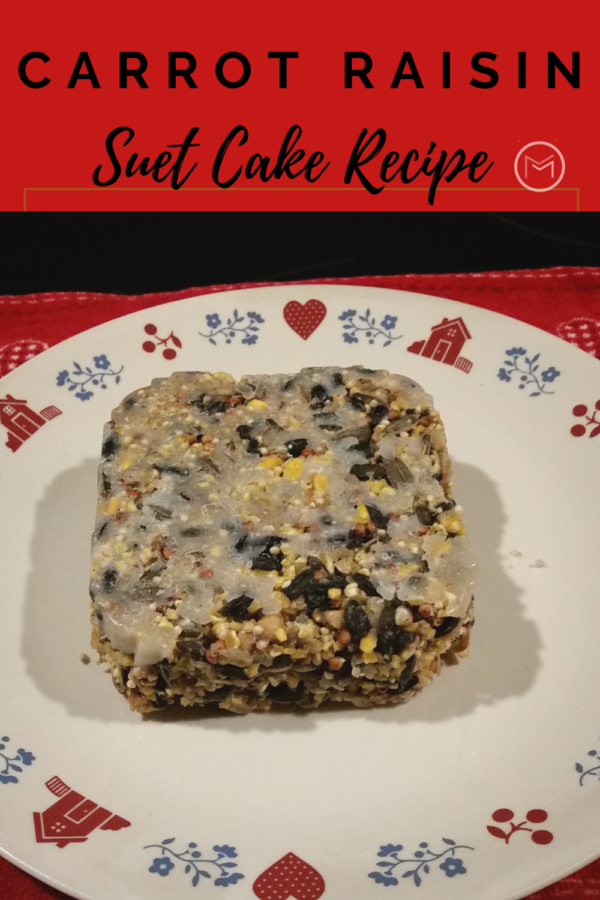
Rather than toss any carrots that are getting old, I grate them with an old cheese grater and use them in my suet cakes. DON’T cook them. Raw carrots are best for backyard birds. Carrots are good for our eyes, but they are good for our backyard bird’s eye sight too. You can shred them and than freeze or store them in your refrigerator until you get ready to use them. I toss mine into a freeze bag and put them in one of my refrigerator drawers. I love raisins, so I always have a box on hand.
Homemade Carrot Raisin Suet Cake Recipe:
- 1 Cup of Shredded Carrots
- 1 Cup Raisins (Soak the raisins to soften them)
- 2 Cups of Black Oil Sunflower Seeds
- 1 Cup of Oats
- 1 Cup melted Lard or rendered fat from the grocery store
Note: This recipe will make 2 suet cakes. You can double the recipe if you want to make more. I only make 2 suet cakes for each of my recipes so I can have a variety on hand.
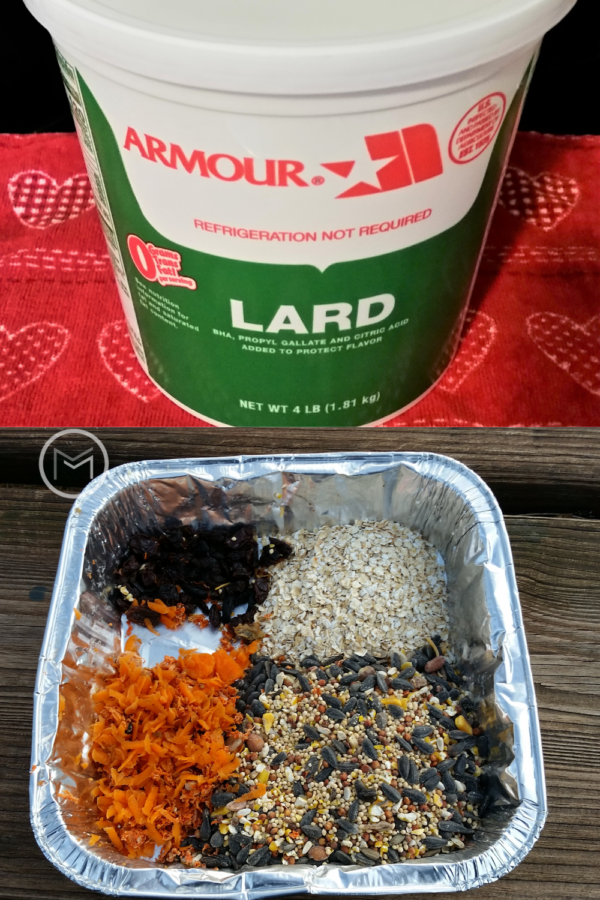
- Slowly melt 1 cup of lard in a pan. I use lard versus Crisco; however, I know some birders who have used Crisco for their suet recipes. Furthermore, I use dry ingredient cups for my ingredients. I know that I will end up with 2 suet cakes using this method. You can always add more of any of the ingredients if needed. Once the lard is melted. Remove it from the heat, and allow it to harden.
- Reheat the lard in the pan a second time once it has turned into a harden state.
- Thoroughly mix your ingredients in a large bowl. You will be adding the melted lard to the mixture. If you want to add more of the ingredients after you add the melted lard, feel free. Mix the ingredients thoroughly before you put the mixture into the containers you will be using as your molds.
- I use square plastic containers from the Dollar Tree or suet cake containers that I saved from commercial cakes. You can purchase 2 containers for a $1.00 at your local Dollar Tree. Also, sandwich cases from Big Lots will work too. Add the mixture to your containers, and pack the mixture firmly into your containers. Make sure your cakes are about an 1 inch thick all the way around.
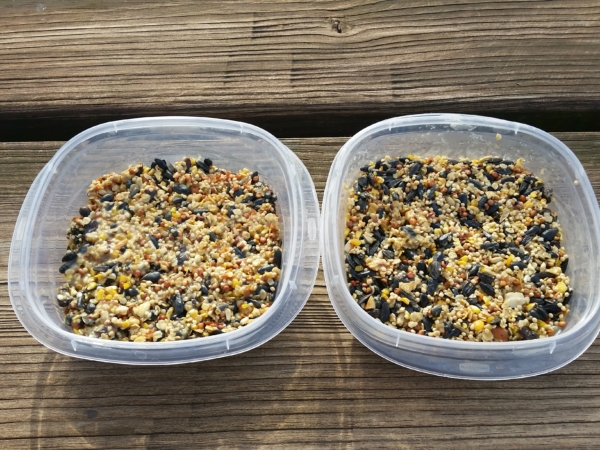
- Take a knife and go around the outside of your cakes. You want to leave a small space between the suet cake and your container. Put them in your freezer or refrigerator until solid.
- Once they are solid, remove them from the containers and place them in a freezer bag. You can keep them in the freezer or refrigerator until you’re ready to use them. Mark your bag on the type of suet cakes you are storing. For example, Carrot Raisin.
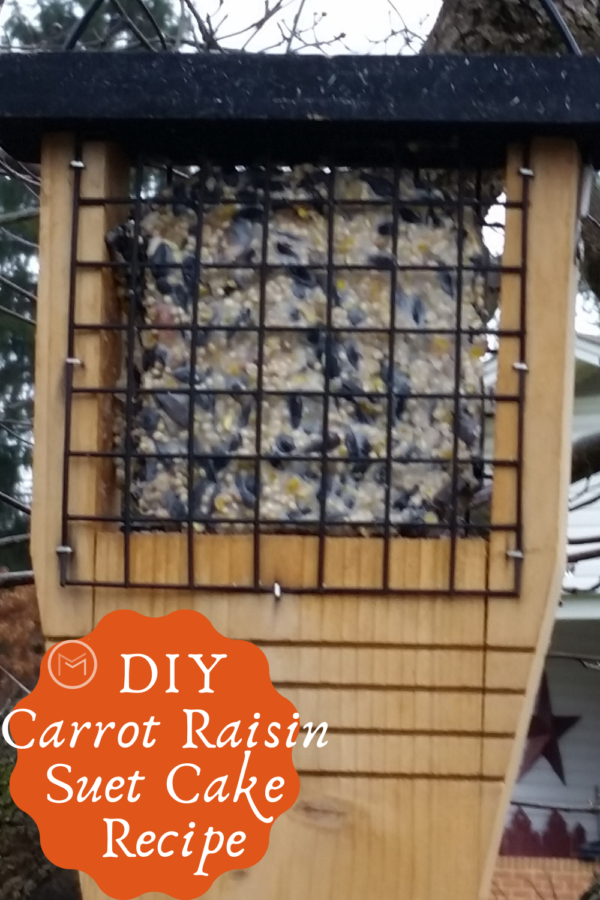
I hope that you will make lots of suet cakes for your backyard birds. They provide nutrients and help keep our feathered friends warm during the winter months. They will thank you by returning again and again. Note: I only use these cakes during cold weather. You may also like: All About Bird Foods
